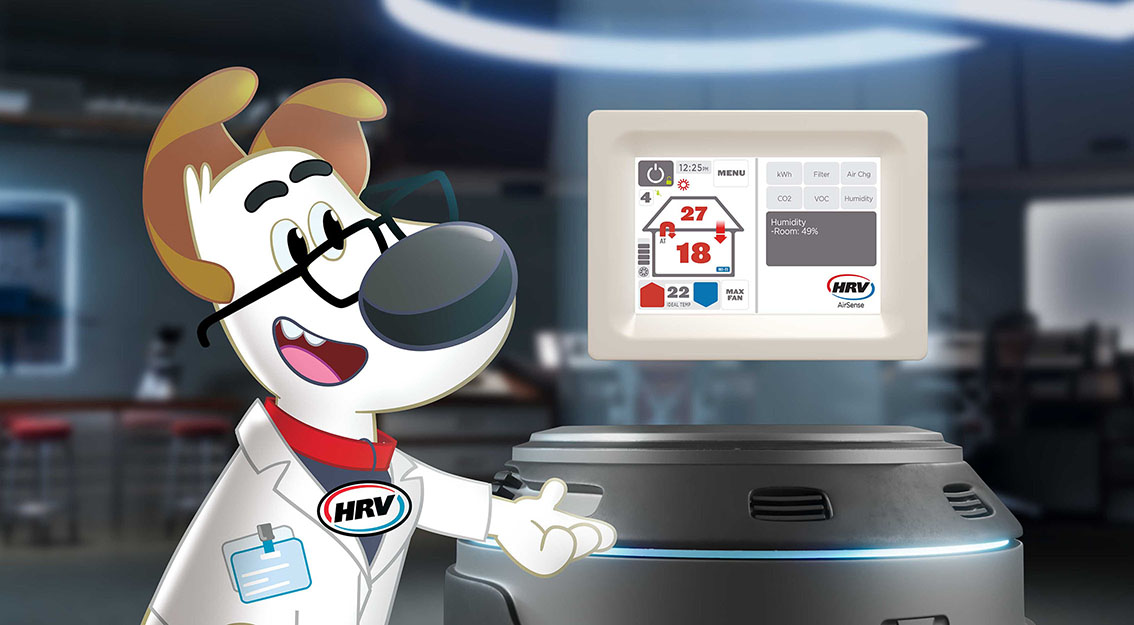Comparing home ventilation systems?
Choose the only one backed by an independent 3-year Unitec study
Book a free home consultationThe HRV difference
Families who live with HRV home ventilation know the difference it makes to creating a drier, warmer, healthier home.
Home health is a long-term investment, though, so we believe Kiwi homeowners deserve scientific proof that the ventilation system they’re choosing makes a difference.
That’s why we entered into a 3-year independent partnership with researchers from New Zealand’s largest Institute of Technology, Unitec, to measure the impact HRV home ventilation has on home health.
The results speak for themselves!




Particulate matter (PM) pollution, especially fine particles (PM2.5), poses significant health risks which can lead to respiratory and cardiovascular problems, increased hospitalizations, and even premature death, particularly affecting vulnerable groups like children, the elderly, and those with pre-existing conditions.
https://www.stats.govt.nz/indicators/human-health-impacts-of-pm2-5-and-no2/
High moisture levels and mould are associated with health problems including asthma, eczema and headaches.
Exposure to mould can cause or contribute to a range of health issues, including respiratory problems, skin irritation, and allergic reactions, especially for those with asthma or compromised immune systems.
https://healthify.nz/hauora-wellbeing/h/homes-why-dampness-and-mould-are-bad-for-your-health
Footnotes:
- Phase 1 in winter 2021, investigating air quality, pre- and post-PPV installation, in 15 homes, divided between Auckland and Hamilton. 2023, Phase 2 in Winter 2023 studied and additional 15 homes Auckland homes for 9 months, to monitor ongoing changes. Phase 2a spanned 2023 to 2024, offering year-round observations in 5 Auckland homes. Phase 3 in winter 2024 included 9 homes in Dunedin.
- Particulate Matter: Reductions in both PM2.5 (40% to 62%) and PM10 (39% to 63%) were observed across different study phases and locations in a majority of homes.
- Small reductions in Relative Humidity (5% to 8%) were noted in a majority of homes
- Mould: Reductions in fungal DNA, ranging between 31% and 95% (average: 59 %, median: 73%), were found in more than 90 % of the bedrooms in the houses tested (Auckland, winter 2023 study).